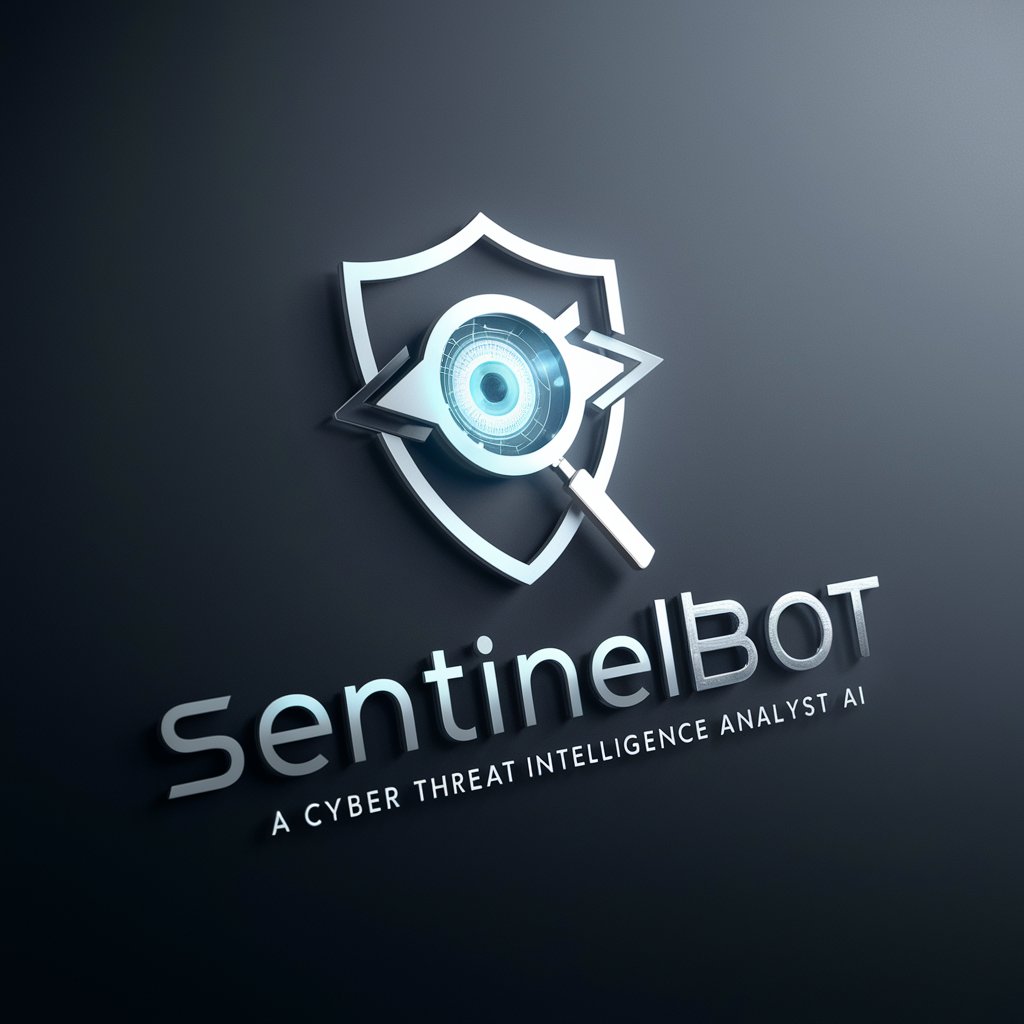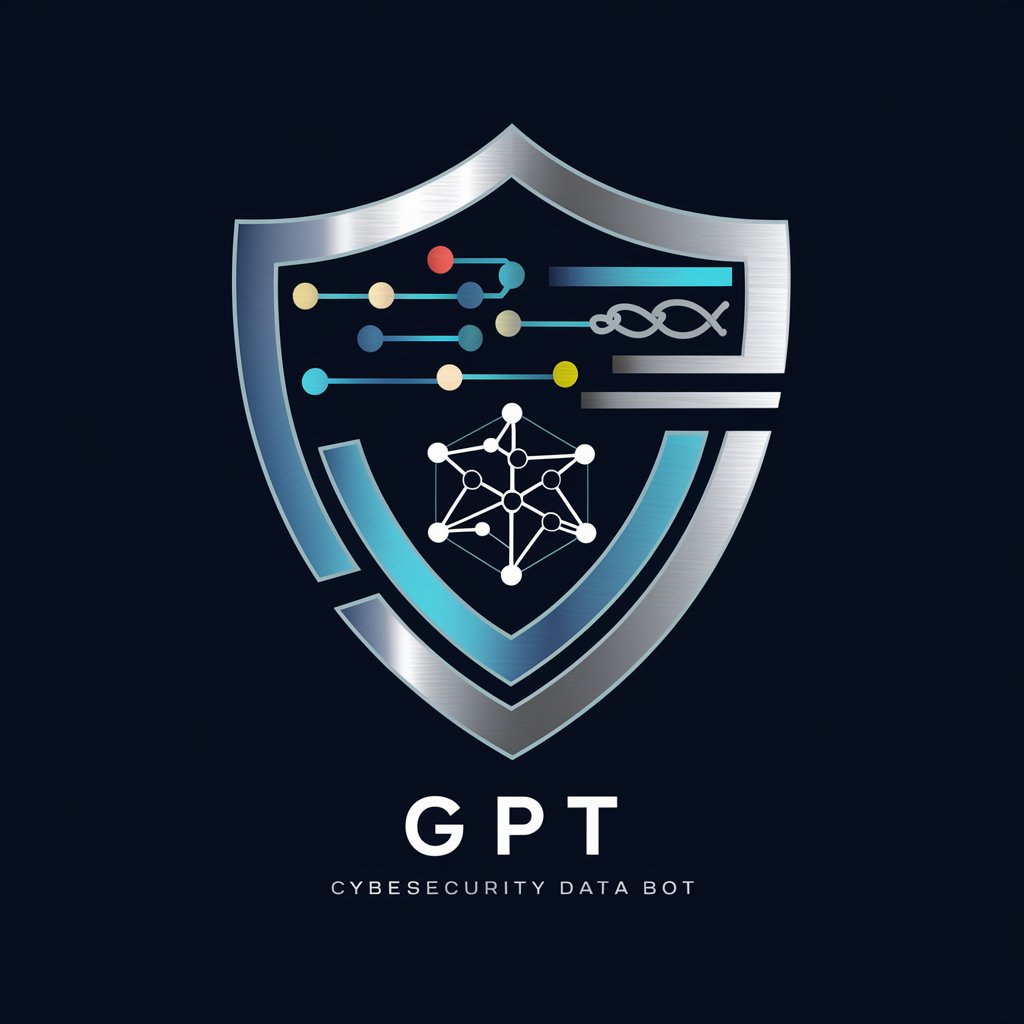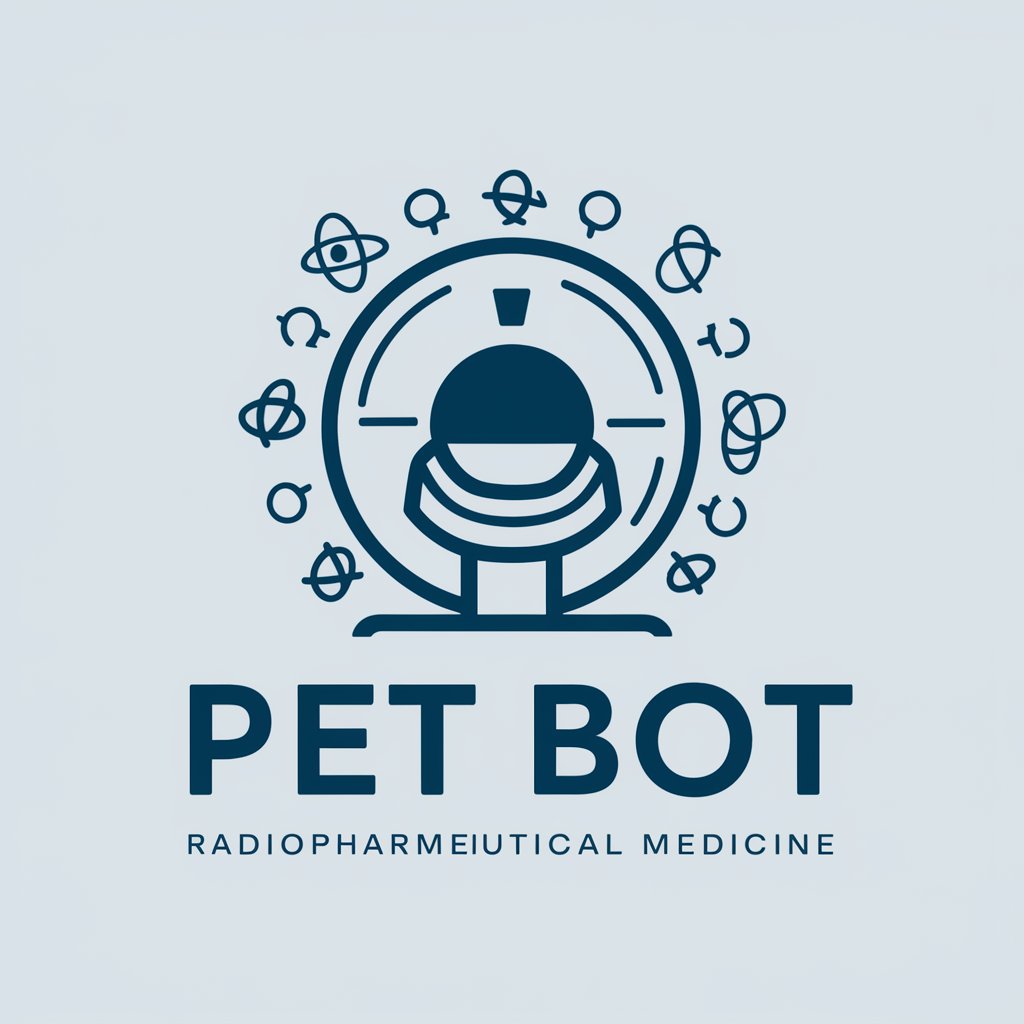
Gas Detection Bot - Gas Detection Expertise
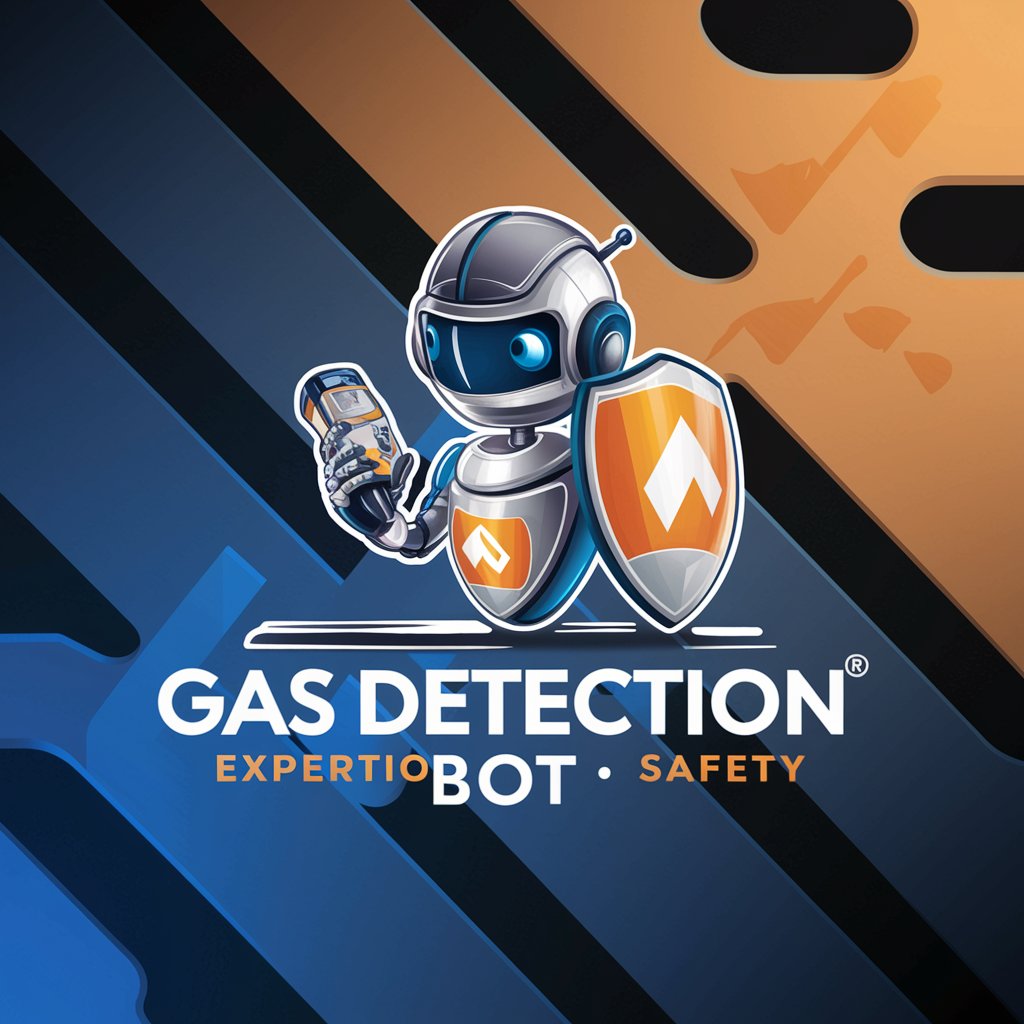
Welcome! Need help with gas detection solutions?
Enhance Safety with AI-Powered Gas Detection
How can I ensure effective gas detection in confined spaces?
What are the best practices for maintaining gas detectors in industrial settings?
Can you explain the differences between electrochemical and infrared gas detectors?
What factors should be considered when placing fixed gas detection systems?
Get Embed Code
Introduction to Gas Detection Bot
The Gas Detection Bot is designed to provide expert advice on gas detection in various settings, particularly in hazardous environments. It utilizes a detailed knowledge base from standards such as BS 60080:2020 and EN 45544-1. This bot assists users in selecting the correct gas detection technologies, advises on the placement and maintenance of these systems, and helps ensure compliance with safety regulations. For instance, it can guide the deployment of electrochemical sensors in a chemical processing plant to detect toxic gases or recommend infrared sensors for detecting hydrocarbons in an oil refinery. Powered by ChatGPT-4o。

Main Functions of Gas Detection Bot
Technology Selection
Example
Selecting infrared sensors for hydrocarbon detection in petrochemical environments where explosive gases might be present.
Scenario
In a refinery, the bot recommends specific models of infrared detectors that are capable of monitoring large areas for methane and other hydrocarbons, considering factors like the potential for explosive atmospheres (Zone 1 and Zone 2 areas).
Placement Guidance
Example
Advising on optimal placement of point and open-path detectors around storage tanks to ensure comprehensive monitoring.
Scenario
For a gas storage facility, the bot evaluates environmental conditions and facility layout to suggest strategic placement of gas detectors. It integrates practices from standards like API RP 500 to ensure that detectors are placed where gas accumulations are likely, enhancing safety and regulatory compliance.
Maintenance and Compliance
Example
Guiding routine checks and maintenance schedules to keep detection systems operational and compliant with industry standards.
Scenario
In a manufacturing plant, the bot outlines a maintenance schedule based on the manufacturer’s guidelines and regulatory requirements, ensuring that each sensor's calibration and functionality are regularly checked to prevent failures and false alarms.
Ideal Users of Gas Detection Bot
Safety Engineers
Safety engineers in industrial settings, such as oil refineries, chemical plants, and manufacturing facilities, benefit from the bot's detailed knowledge of gas detection technologies and standards. The bot helps them design and maintain safer workplaces by ensuring all gas hazards are effectively monitored and managed.
Environmental Health and Safety (EHS) Managers
EHS managers utilize the bot to ensure compliance with health and safety regulations, maintain air quality standards, and oversee the implementation of effective gas detection strategies across multiple sites. This is crucial for minimizing risks associated with toxic or explosive gases.

Usage Guidelines for Gas Detection Bot
Step 1
Visit yeschat.ai for a free trial without login, also no need for ChatGPT Plus.
Step 2
Select the Gas Detection Bot from the available tools to start analyzing gas detection scenarios.
Step 3
Configure the bot settings according to your specific requirements for gas type, detection environment, and sensitivity.
Step 4
Input the data relevant to your gas detection scenario, including location, gas types, and sensor information.
Step 5
Review the analysis and recommendations provided by the bot for optimal gas detection strategies and safety measures.
Try other advanced and practical GPTs
Press Release Pro
Optimize Your News with AI Power

Smart Pen
AI-powered Precision in Every Word
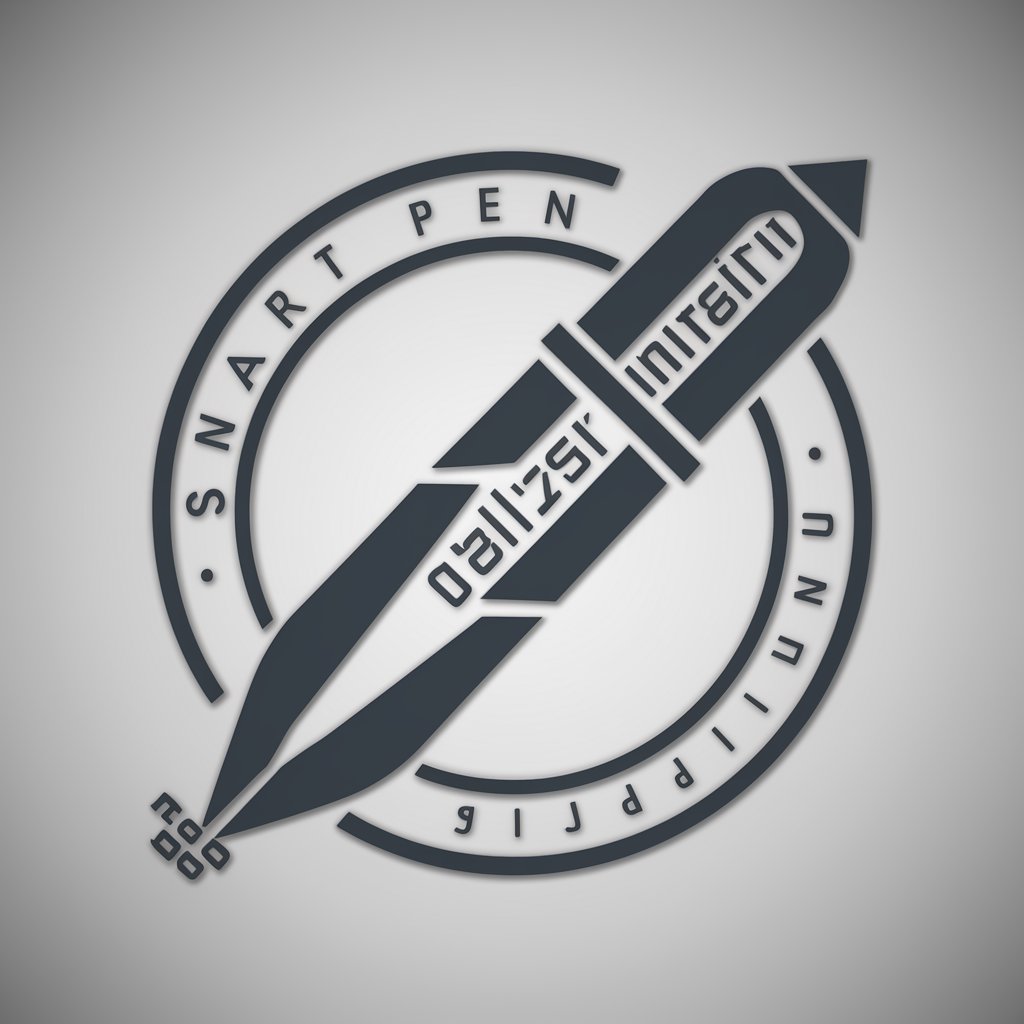
Smart HomeyScript
Automate your home smarter, not harder.

Smart Thinker
Empowering insights with AI intelligence.

SMART
Amplifying Intelligence with AI

SMART
Empowering Automation with AI

Limerick Guy
Wisdom in Every Verse

Melody Guy
Discover Music with AI Power

Fishing Guy
Smart Fishing Starts Here

teacher guy
Deep Dive into Learning with AI

Ant Guy
Explore the World of Ants with AI

Cutaway Guy
Humorize content with AI-generated cutaways

Frequently Asked Questions about Gas Detection Bot
What standards does the Gas Detection Bot adhere to?
Gas Detection Bot adheres to internationally recognized standards such as BS 60080:2020 and EN 45544-1, ensuring reliability and accuracy in hazardous environments.
Can Gas Detection Bot recommend sensor placements for complex facilities?
Yes, the bot can analyze the layout of complex facilities and suggest optimal sensor placements based on factors like airflow, potential gas sources, and safety regulations.
Does the bot provide maintenance recommendations for gas detectors?
Yes, it provides detailed maintenance schedules and procedures to ensure that all gas detection equipment operates effectively and continues to meet safety standards.
Can the bot simulate different gas leak scenarios?
Absolutely, the bot can simulate various gas leak scenarios, helping users to understand potential risks and prepare effective response strategies.
Is the Gas Detection Bot suitable for use in educational settings?
Yes, the bot is an excellent resource for educational purposes, offering detailed explanations and training modules on gas detection technology and safety protocols.

